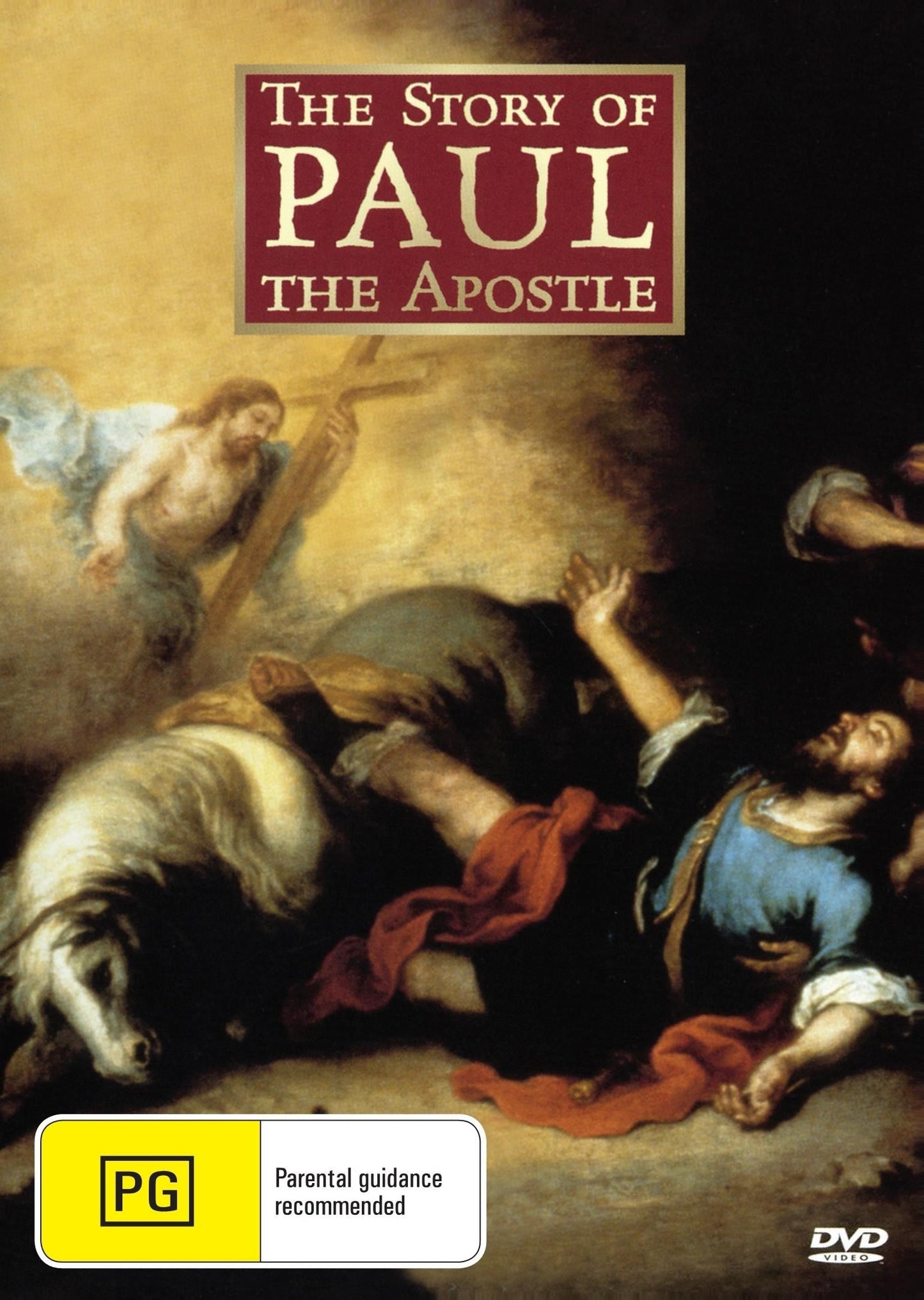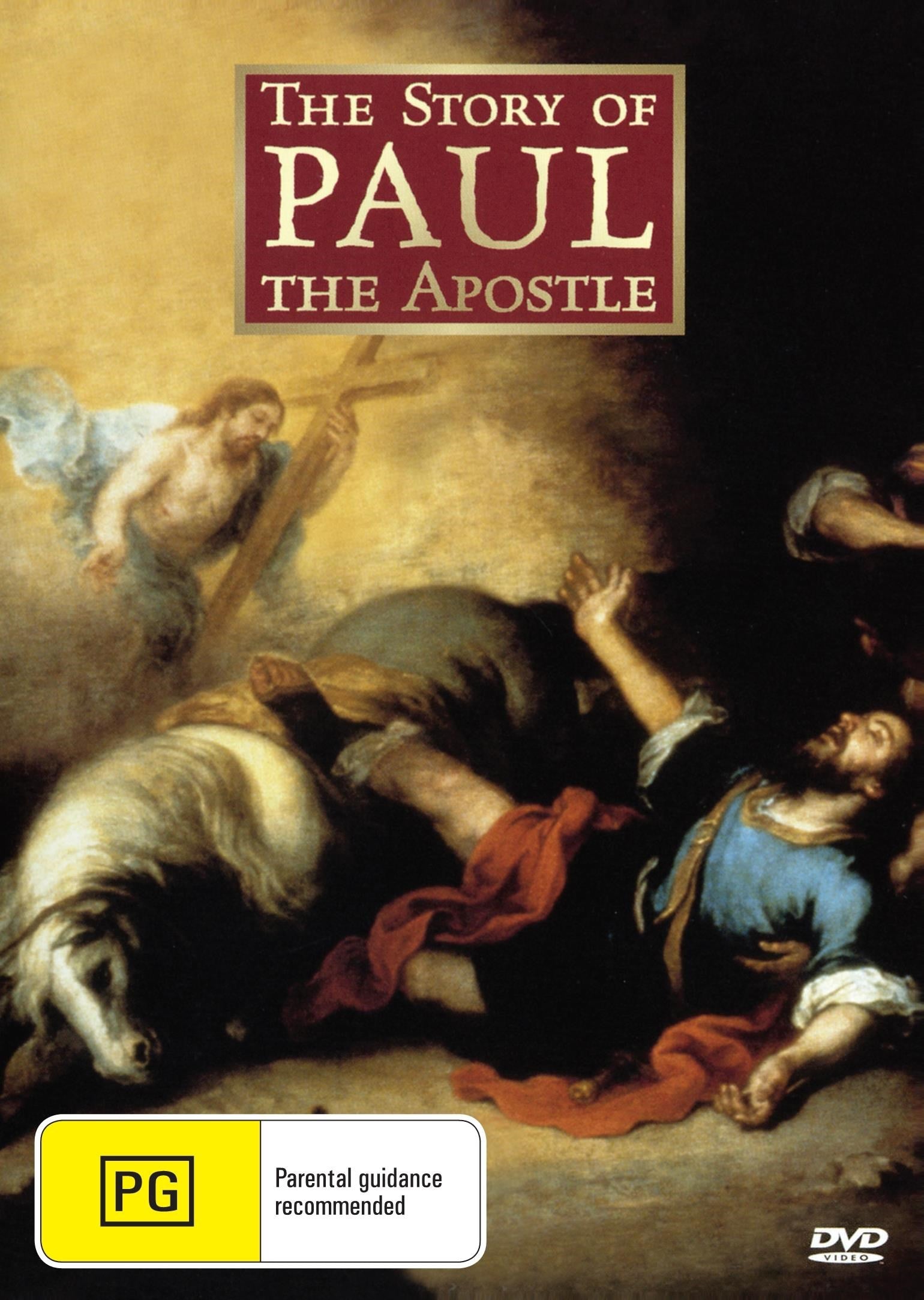rareandcollectibledvds
The Story of Paul the Apostle
The Story of Paul the Apostle
 Before you ORDER please check do you wish to order a DVD or a Digital Download file
Before you ORDER please check do you wish to order a DVD or a Digital Download fileFor DVD use the GET DVD Button
For a Digital Download use the DOWNLOAD Button
Couldn't load pickup availability
He was originally a powerful and implacable enemy of Jesus, determined to stop the spread of Christ’s message. But then his dramatic conversion changed him and changed the course of history.
From his education in Jerusalem under the Rabbi Gamaliel to his exhortations on behalf of Christianity throughout the Mediterranean, The Story of Paul the Apostle, presented by The History Channel, explores the life and legacy of the greatest missionary of the early church. Theologians reflect on the importance of his upbringing to his success in spreading the Word, and an in-depth analysis of his writings — some of the earliest Christian documents extant — shed light not just on the origins of Christianity, but on the man who helped ensure its survival.
Follow in the footsteps of Paul of Tarsus — The Man Who Turned the World Upside Down.
STARS:
Jim Caviezel, Olivier Martinez, James Faulkner
106 min | Faith | 2018 | Color
Movies with low demand and/or out of print are manufactured-to-order using high quality recordable DVDs. Please read FAQs if unsure, or send a query.
All DVDs are Region 0 and are guaranteed to play on any DVD player in any country in the world
Satisfaction Guarantee – if you are not satisfied with any aspect of your purchase then we will explore all options to rectify the issue
COMBINED POSTAGE: ONLY CHARGED FOR THE FIRST DVD ALL OTHERS IN A MULTIPLE ORDER ARE POST FREE
Postage: Free In Australia.
Postage: Rest Of The World at Table Rate
All DVDs come in a DVD case with color artwork and printed disc
All DVDs are available as an MPEG4 file sent to you via an email link. Save on postage and waiting time. Transfer can take up to 12 hours depending on the time zone you are in.


